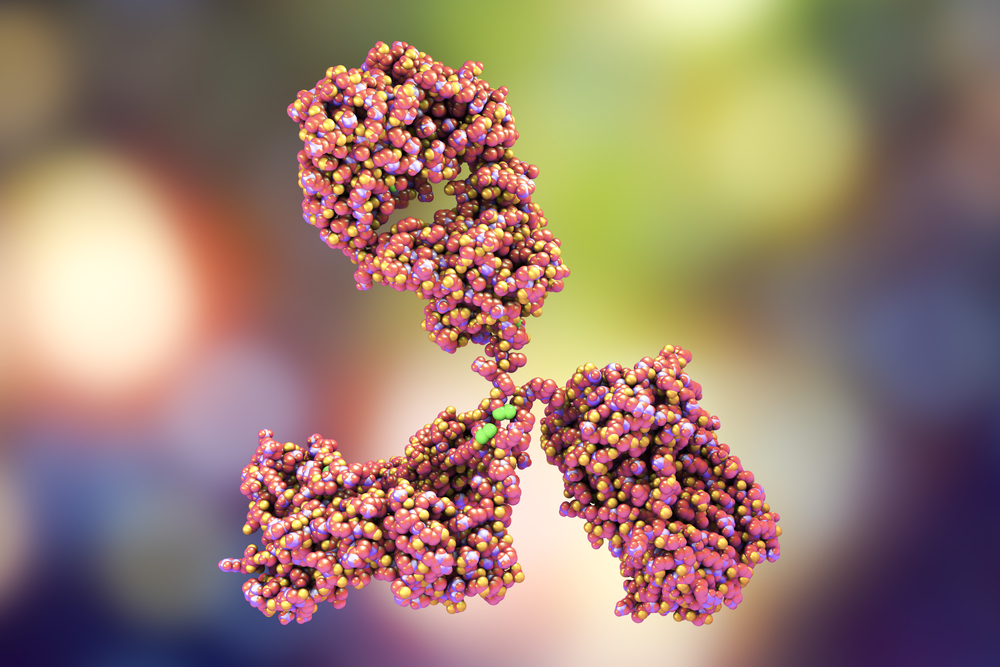SALMONELLA TYPHI ANTIBODY – CLONE ST25
Mouse anti Salmonella Paratyphi antibody (clone ST25) is suitable for the detection of Salmonella Paratyphi. The antibody does not cross react with Campylobacter coli, Campylobacter jejuni, Clostridium difficile, Escherichia coli O157:H7, Helicobacter pylori, Listeria monocytogenes, Shigella dysenteriae, Shigella flexneri, Shigella sonnei, Staphylococcus aureus, Yersinia enterocolitica.
PRODUCT DETAILS – SALMONELLA TYPHI ANTIBODY – CLONE ST25
- Mouse anti-Salmonella paratyphi monoclonal IgG2a antibody (clone ST25).
- Greater than 95% purity by SDS-PAGE and buffered in PBS, pH7.2.
BACKGROUND
The bacterial genus Salmonella are rod-shaped, gram negative facultative anaerobic bacilli, that belong to the family Enterobacteriaceae. The genus is divided into two species groups, Salmonella enterica (S. enterica) and Salmonella bongori. S. enterica is further divided into six subspecies which includes S. enterica subspecies enterica. Salmonella paratyphi is a serovar of this subspecies and is classified as Salmonella enterica serovar paratyphi.
Humans are the sole reservoir for S. paratyphi, and the bacterium is transmitted from one person to another through water, or food, that has been contaminated with the faeces of an infected individual. S. paratyphi infection is common in developing countries, particularly in densely populated urban areas with poor sanitation and lack of safe drinking water. S. paratyphi primarily invades the gastrointestinal tract and replicates within non-phagocytic epithelial cells and phagocytic cells, thereby evading the immune system (Hurley, D).
Three S. paratyphi serotypes cause Paratyphoid fever, which are classified as A, B and C. Paratyphoid fever is symptomatically indistinguishable from typhoid fever, which is caused by S. typhi, and both diseases are referred to as enteric fever. The symptoms of Paratyphoid fever are milder than typhoid fever and include fever, headaches, nausea, loss of appetite, constipation, diarrhoea. In a small percentage of cases, infected individuals may become chronic carriers of S. paratyphi after infection, and are responsible for spreading the disease in endemic regions.
Paratyphoid fever, caused by Salmonella enterica serovar paratyphi, remains an important public health burden in developing countries and affects travellers visiting countries where S. paratyphi is endemic. Vaccines are not currently available to protect individuals against Paratyphoid fever but licensed vaccines for Typhoid fever may provide limited protection. (WHO).
REFERENCES
- Hurley D, McCusker MP, Fanning S, Martins M. (2014). Salmonella-host interactions – modulation of the host innate immune system. Front Immunol. Oct 7;5:481.
- World health organization: Typhoid

